10 Hollywood Leading Ladies Who Shocked Fans With Dark Roles
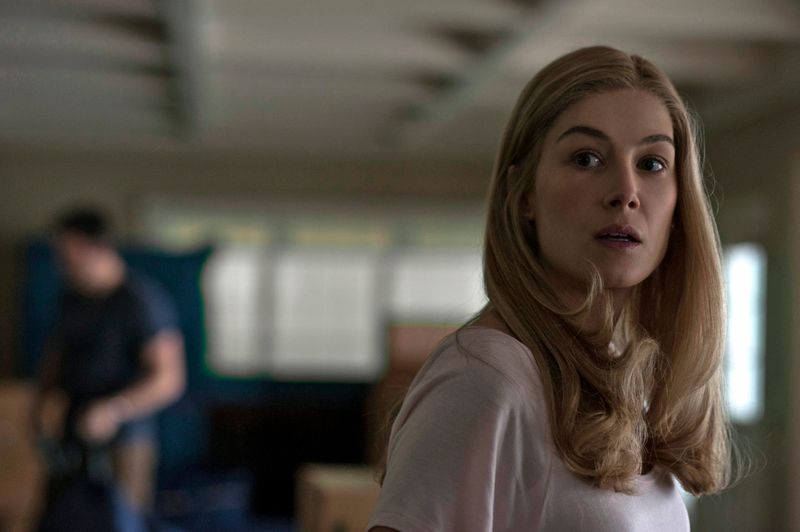
Hollywood’s beloved leading ladies are often typecast in likable, sympathetic roles that make audiences fall in love with them. But what happens when these familiar faces step into characters filled with darkness, madness, or moral ambiguity? The contrast between an actress’s public image and a disturbing role can create some of cinema’s most powerful moments. These ten actresses defied expectations and showcased their remarkable range by embracing characters that left viewers both stunned and impressed.
Angelina Jolie in ‘Girl, Interrupted’ (1999)

Action heroine and humanitarian transformed into sociopathic Lisa Rowe with such conviction that she stole the film from lead Winona Ryder. The role earned Jolie her first and only Oscar. Beneath her charismatic exterior, Jolie’s character harbored manipulative tendencies and unpredictable violence that terrified both fellow patients and staff at the psychiatric facility.
Her piercing eyes and predatory movements created an unforgettable portrait of someone both dangerous and damaged.
The performance represented a dramatic departure from Jolie’s previous work, establishing her as an actress willing to explore the darkest corners of human behavior. Many critics consider this role the moment Hollywood realized Jolie possessed extraordinary range beyond her famous lineage and striking looks.
Charlize Theron in ‘Monster’ (2003)
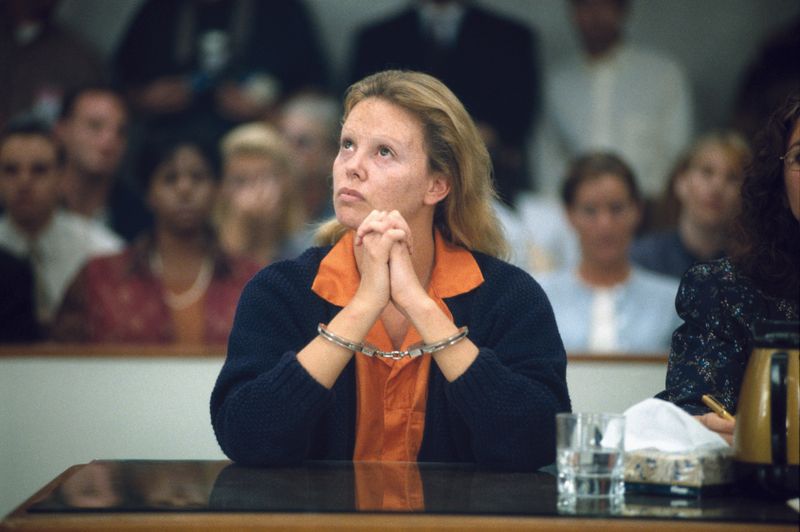
Glamorous model-turned-actress Charlize Theron underwent one of cinema’s most dramatic transformations to portray real-life serial killer Aileen Wuornos. Nearly unrecognizable with prosthetic teeth, splotchy skin, and 30 extra pounds, Theron disappeared completely into the role.
The South African beauty captured Wuornos’ awkward mannerisms and explosive rage while finding the humanity in a woman who murdered seven men. Her portrayal balanced the character’s violent tendencies with glimpses of vulnerability stemming from a lifetime of abuse.
Academy voters rewarded Theron’s fearless commitment with a Best Actress Oscar. The performance silenced critics who had previously dismissed her as just another pretty face in Hollywood, establishing her reputation for bold character work that continues today.
Rosamund Pike in ‘Gone Girl’ (2014)
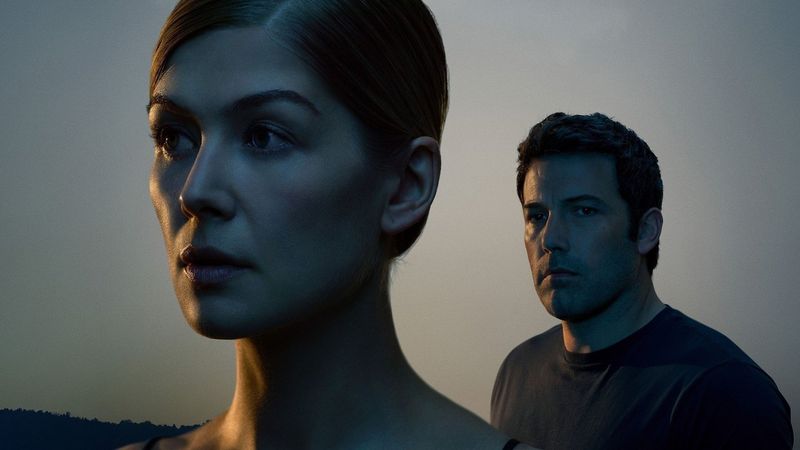
Pike’s chilling portrayal of Amy Dunne redefined the concept of the female villain. Previously known for more sympathetic roles, the British actress unleashed a calculating sociopath who masterfully manipulated both the characters around her and the audience’s perceptions.
The infamous “Cool Girl” monologue delivered with icy precision revealed layers of resentment beneath Amy’s perfect façade. Pike maintained an eerie calm throughout scenes of shocking violence, creating a villain both terrifying and weirdly relatable in her grievances.
Director David Fincher specifically sought an actress without strong public associations, allowing Pike to blindside viewers with her character’s ruthless intelligence. The performance earned Pike her first Oscar nomination and forever changed how fans viewed the previously understated actress.
Natalie Portman in ‘Black Swan’ (2010)
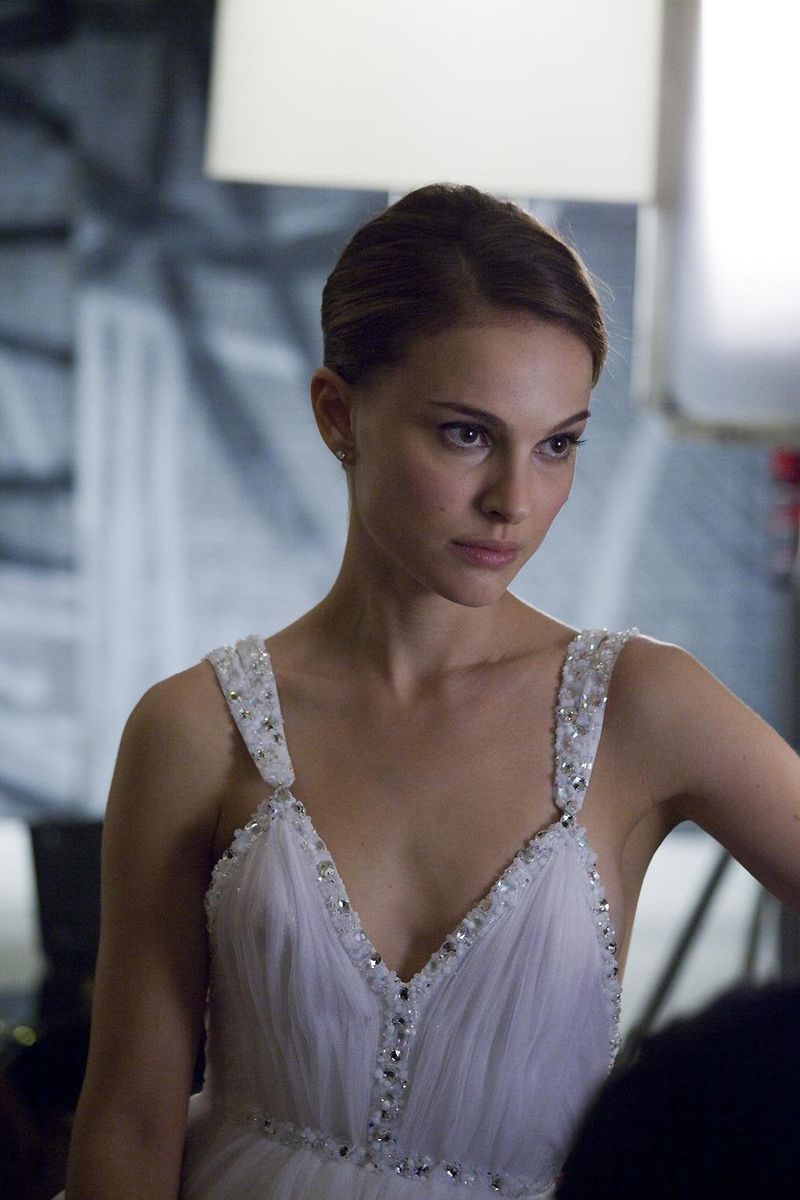
Child star turned respected actress Natalie Portman startled audiences with her transformation into tortured ballerina Nina Sayers. The role required Portman to lose 20 pounds and train intensively in ballet for a year, embodying both physical and psychological deterioration on screen.
Her character’s descent into paranoia featured disturbing hallucinations, self-harm, and sexual awakening that contrasted sharply with Portman’s intelligent, composed public persona. The performance showcased her willingness to explore psychological horror with total commitment.
Portman’s unflinching portrayal of obsession and mental collapse earned her an Academy Award. The film’s exploration of artistic perfectionism pushed Portman to her own limits, blurring the line between actress and character in ways that enhanced the film’s unsettling power.
Anne Hathaway in ‘Les Misérables’ (2012)
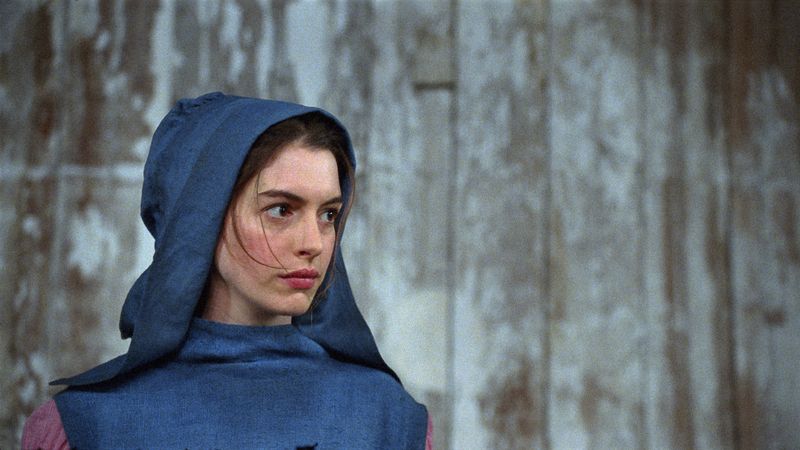
Princess Diaries’ sweetheart Anne Hathaway shocked audiences by transforming into destitute prostitute Fantine. The role required Hathaway to cut off her signature long hair on camera and lose 25 pounds to achieve the gaunt, desperate appearance of a woman dying of tuberculosis.
Her raw, single-take performance of “I Dreamed a Dream” revealed depths of despair previously unseen from the actress known for upbeat comedies. Hathaway conveyed Fantine’s degradation with such vulnerability that viewers felt physically uncomfortable watching her character’s suffering.
Critics initially skeptical of Hathaway’s casting were silenced by her total commitment to the character’s tragic arc. The eight-minute role earned her an Oscar and demonstrated her willingness to embrace characters experiencing profound misery, far removed from her usual cheerful screen presence.
Halle Berry in ‘Monster’s Ball’ (2001)
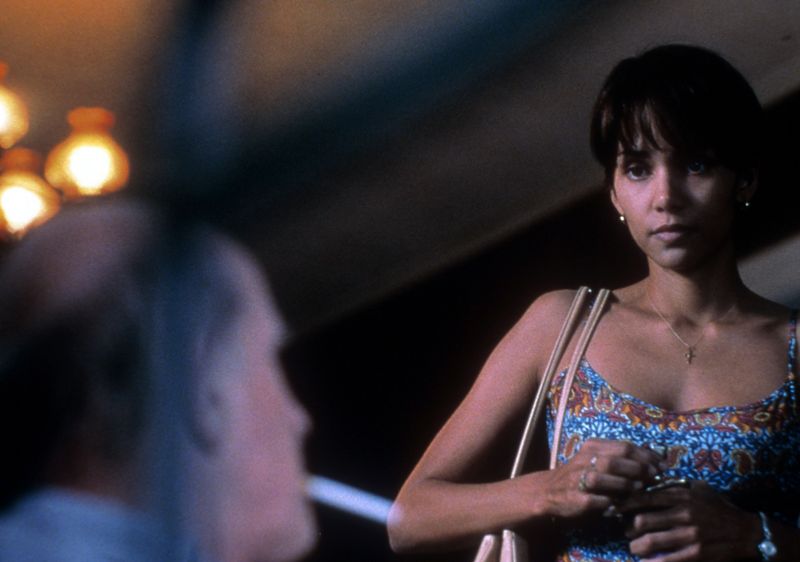
Halle Berry abandoned all vanity to play Leticia Musgrove, a grieving mother caught in a complex relationship with her husband’s executioner. The role required Berry to film one of cinema’s most graphic sex scenes, portraying a woman using physical connection to escape overwhelming grief.
Berry’s performance revealed raw emotional wounds as her character navigated poverty, alcoholism, and racism in the American South. Her portrayal stood miles apart from her glamorous roles in films like Die Another Day and the X-Men franchise.
The Academy recognized Berry’s courage with a historic Best Actress win – the first for an African American woman. Her tearful acceptance speech acknowledged the barrier-breaking significance of the award while highlighting how rarely Black actresses receive opportunities for such complex, challenging roles.
Nicole Kidman in ‘To Die For’ (1995)
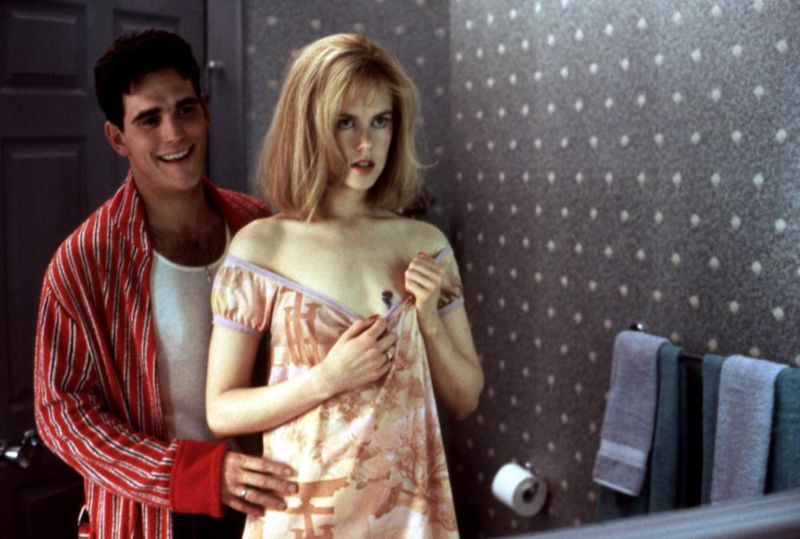
Her character’s ruthless ambition and willingness to arrange murder revealed Kidman’s capacity to portray narcissistic evil beneath a perky exterior. Director Gus Van Sant captured Kidman’s ability to switch between syrupy sweetness and cold calculation within a single scene.
Her character’s documentary-style direct addresses to the camera created an uncomfortable intimacy with viewers, making them complicit in her schemes. This early dark role hinted at Kidman’s future willingness to take creative risks rather than rely on her considerable beauty.
Critics who had previously dismissed her as merely Tom Cruise’s wife suddenly recognized her as a formidable talent capable of carrying complex, morally ambiguous characters with chilling precision.
Sandra Bullock in ‘Bird Box’ (2018)
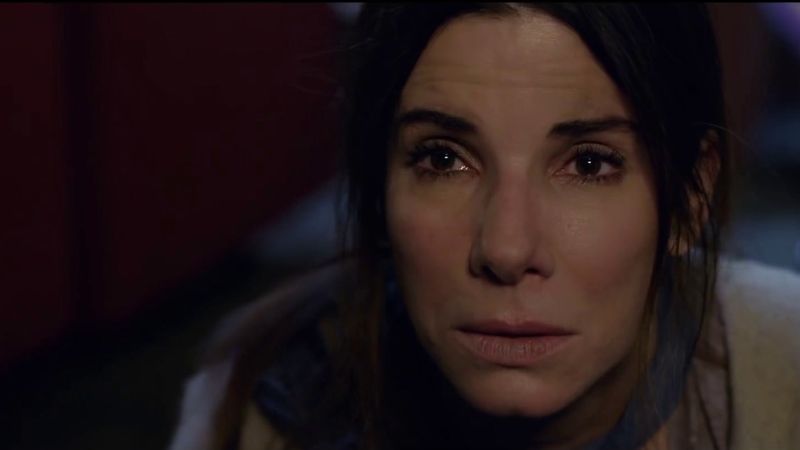
Famous for her rom-com roles, Sandra Bullock ventured into horror territory as Malorie Hayes, a harsh survivalist mother in a post-apocalyptic world. The role required Bullock to display a coldness and severity previously unseen in her typically warm screen persona.
Bullock’s character made brutal choices to keep her children alive, including blindfolding them during dangerous river journeys and giving them cruel names like “Boy” and “Girl” to avoid emotional attachment. Her performance highlighted the extremes of maternal protection stripped of sentimentality.
At 54, Bullock proved willing to embrace darker material than the comedic roles that made her famous. The film’s massive streaming success introduced a new generation to Bullock’s range beyond Miss Congeniality, showcasing her ability to carry intense psychological horror with convincing grit.
Reese Witherspoon in ‘Wild’ (2014)

Legally Blonde’s Elle Woods seemed worlds away from Cheryl Strayed, the heroin-using, sexually promiscuous hiker Witherspoon portrayed in Wild. The role required America’s sweetheart to film explicit sex scenes with multiple partners and depict intravenous drug use with unflinching honesty.
Witherspoon personally optioned Strayed’s memoir, recognizing the character’s self-destructive journey offered an opportunity to shatter her good-girl image. Her portrayal of grief-fueled bad decisions and physical suffering during a 1,100-mile solo hike revealed new dimensions to her acting abilities.
Critics praised Witherspoon’s willingness to appear physically and emotionally vulnerable on screen. The performance earned her an Oscar nomination and established her production company as a vehicle for complex female-centered stories that traditional studios might consider too risky or dark.
Jennifer Lawrence in ‘Mother!’ (2017)
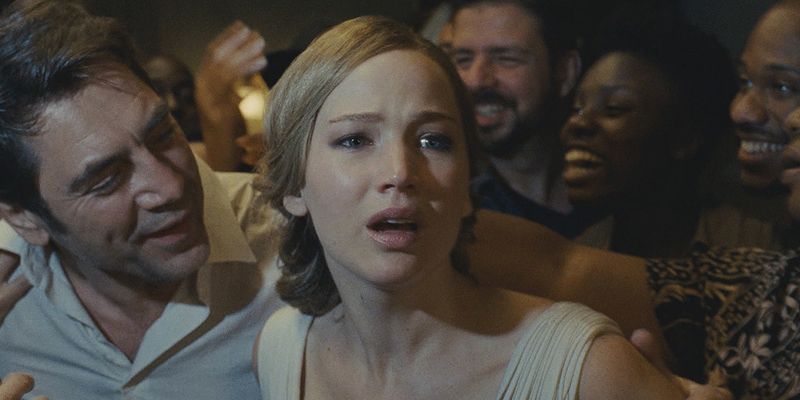
Jennifer Lawrence horrified audiences as the unnamed protagonist in Darren Aronofsky’s controversial psychological nightmare. The role required Lawrence to endure increasingly disturbing scenarios, culminating in scenes of violence so extreme they prompted walkouts during screenings.
Her character experiences escalating violations of her home, body, and eventually her infant child in this allegorical horror film. Her performance traced a journey from loving homemaker to traumatized victim with raw emotional intensity that disturbed even her most devoted fans.
The experimental film polarized critics but showcased Lawrence’s willingness to risk her commercial appeal for challenging artistic choices. After playing beloved characters in blockbuster franchises, Mother! represented Lawrence’s most extreme departure into genuinely unsettling territory that tested audience loyalty and expanded perceptions of her range.

Comments
Loading…